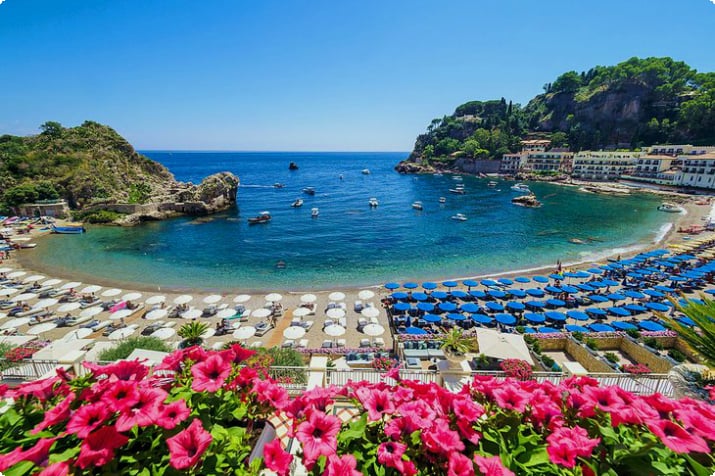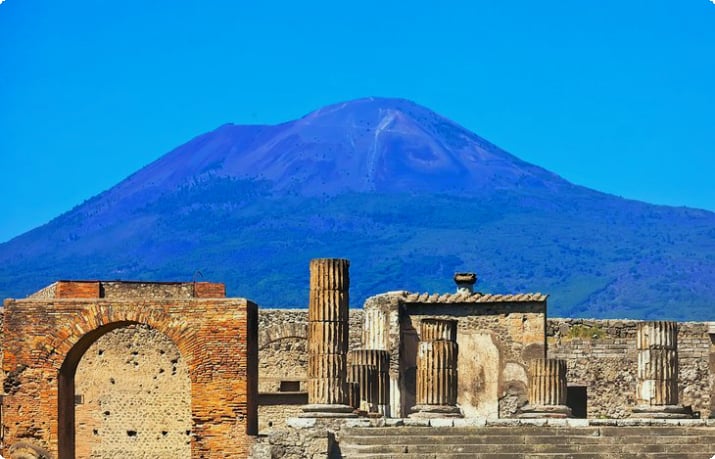Discovering the Doge's Palace in Venice
The Doge's Palace, a symbol of Venice's rich history, served as the residence and government center of the Doge during the Venetian Republic. Initially a wooden fortress, it was transformed into a Byzantine-style palace after several fires. Today's structure, primarily from the 14th century, is now a museum with original artworks created for the palace's decoration.
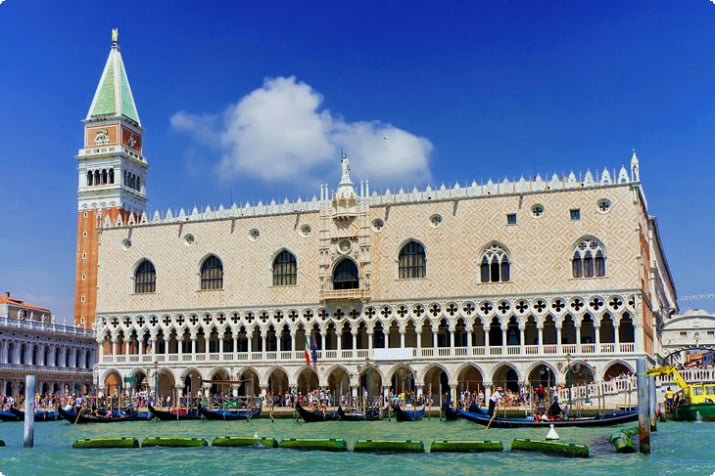
Architectural Marvel: Façade and Exterior
The palace's Gothic architecture is characterized by its light and airy upper story, with pink Verona marble patterns and arching windows. The façade, supported by slender Istrian marble columns, is a metaphor for Venice itself, built on wooden piles in the lagoon. Notable features include the carved capitals, sculptures, and the red marble columns where death sentences were once announced.
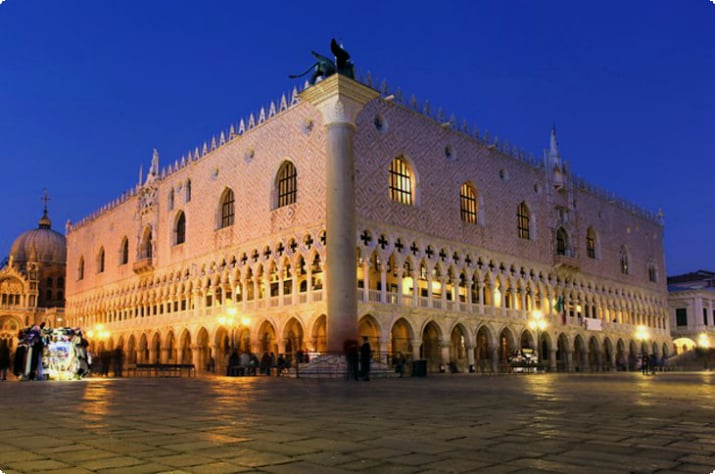
The Porta della Carta
The main entrance, the Porta della Carta, connects the palace to St. Mark's Basilica. Created in the mid-15th century, it features ornamental figures and a representation of Doge Francesco Foscari with the Lion of St. Mark. The current sculpture is a 19th-century copy, with the original destroyed by Napoleon's forces.
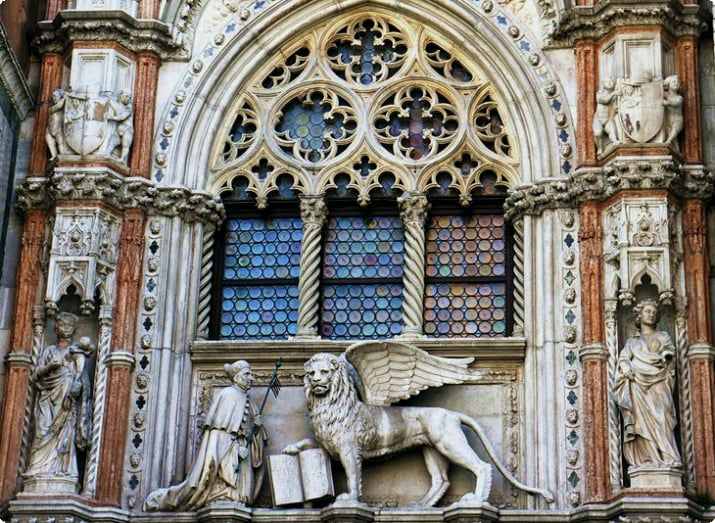
The Iconic Bridge of Sighs
The Bridge of Sighs, an enclosed Baroque arch bridge, is known for its tragic history as prisoners would pass through it, catching their last glimpse of Venice before sentencing.
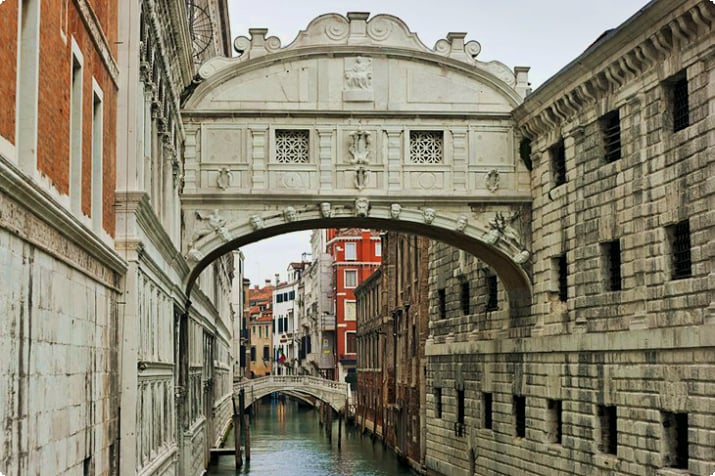
Exploring the Courtyard
The central courtyard, featuring the Foscari Arch and the Scala dei Giganti, is a Renaissance masterpiece. The staircase, adorned with statues of Mars and Neptune, was the site of Doge coronations and executions.
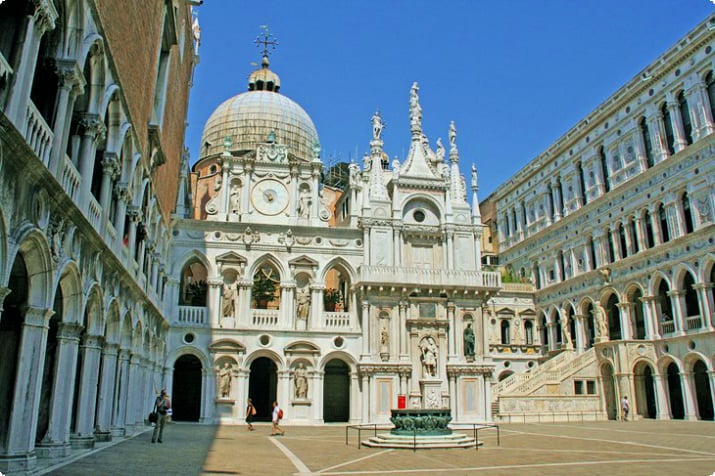
Interior Tours
Inside, visitors can explore the grand halls and staircases. Guided tours offer access to exclusive areas like the Chamber of the Three Heads, Inquisitors Hall, and the Piombi prison cells, including Casanova's cell. The Secret Itineraries Tour and the Skip the Line Tour are popular options for an in-depth experience.
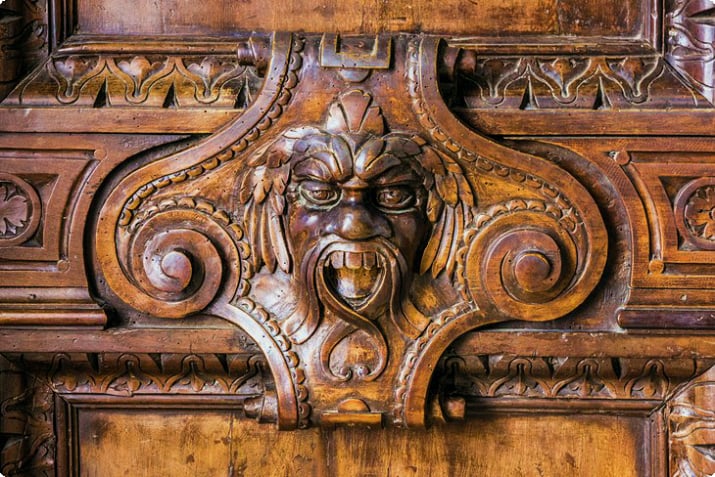
Highlights of the State Rooms
The Sala del Maggior Consiglio, Sala del Collegio, and Sala del Senato are among the most impressive rooms, adorned with works by Tintoretto, Veronese, and other masters. The Scala d'Oro, a lavish staircase, leads to these opulent chambers.
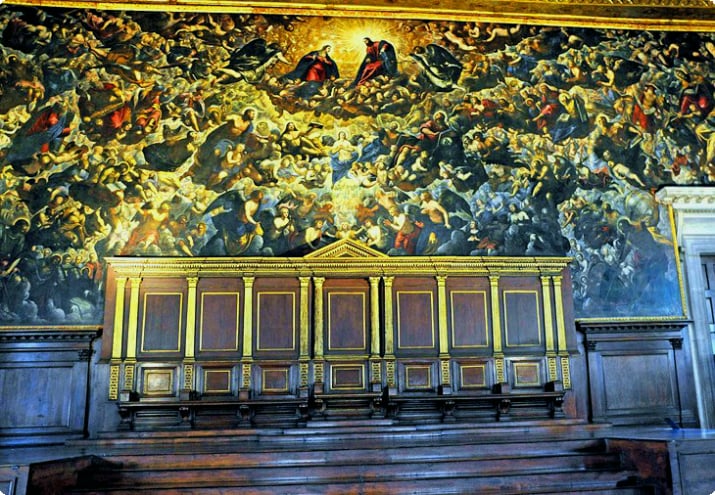
The Doge's Private Apartments
The Doge's apartments, though modest in size, are rich in art and décor, including the Sala degli Scarletti with its intricate ceiling and historical frescoes.
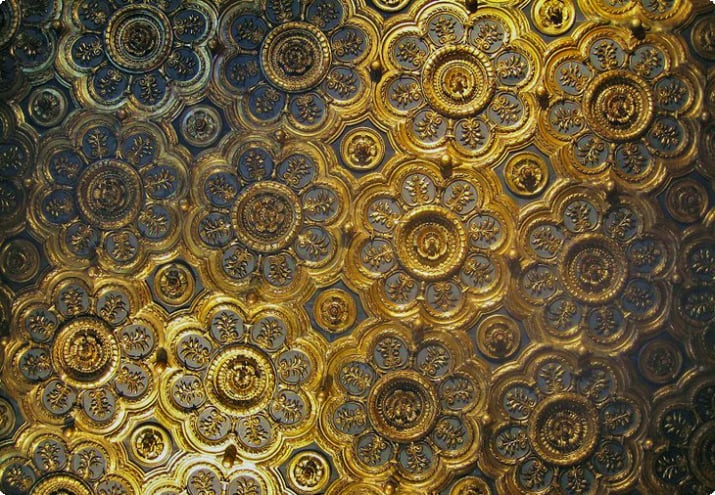
The Prigioni: A Glimpse into Venice's Dark Past
The prison cells, including the Piombi and the Pozzi, reveal the harsh realities of Venetian justice. Tours offer a look at these infamous cells and the stories of those who were imprisoned.
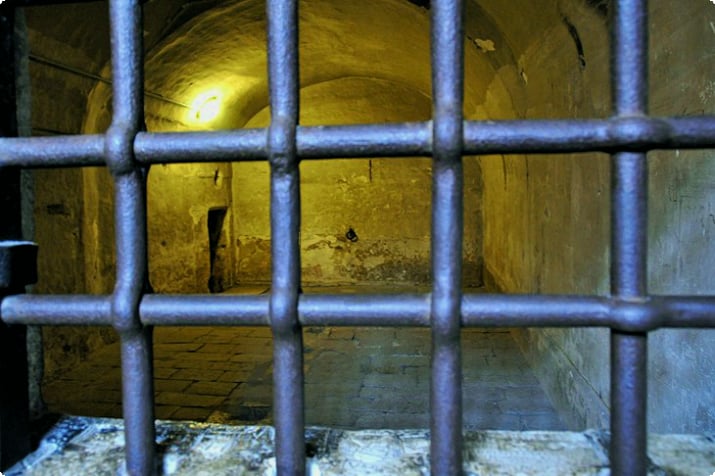
The Armory Collection
The Armory showcases Venice's military history with an array of weapons, armor, and even torture devices, reflecting the city's tumultuous past.
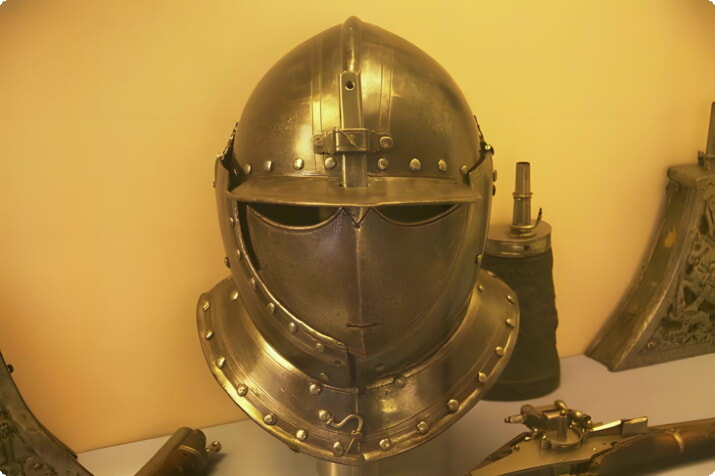
Accommodations Near the Doge's Palace
For those planning a visit, there are several hotels and guesthouses nearby, ranging from luxury to modestly priced options, all within easy reach of the palace.
Visiting Tips
- Arrive early or around noon to avoid long lines, or book a skip-the-line tour.
- Wear comfortable shoes for navigating the palace's many stairs and passageways.
- Food and drink options are plentiful around St. Mark's Square and the Grand Canal.
Getting There
- Vaporetto stops San Marco or San Zaccaria are the closest to the Doge's Palace.
Address
- Piazzetta San Marco, Venice
- http://palazzoducale.visitmuve.it/en/home/


